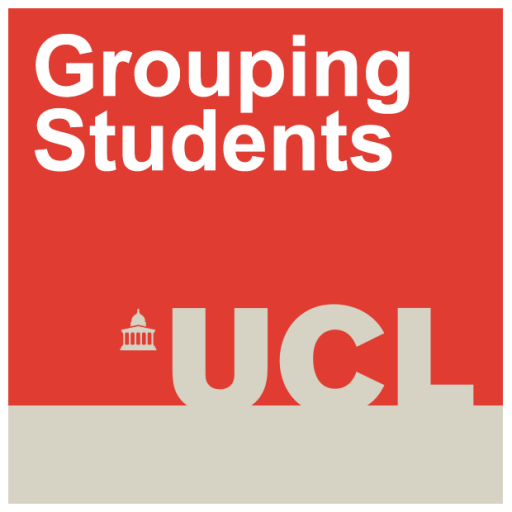Attainment grouping as self-fulfilling prophesy?: A new project paper
By qtnvarl, on 25 October 2017
– Dr Anna Mazenod
Our latest project paper ‘Attainment grouping as self-fulfilling prophesy? A mixed methods exploration of self-confidence and set level among Year 7 students’ has just been published in the International Journal of Educational Research. In this blog post we offer a digest of this important paper. For the full article click here.
 Prior research has identified a tentative relationship between attainment grouping and students’ self-confidence, with those in low sets having lower self-confidence than their peers in high sets. However, findings have not always been consistent, and there is much complexity at stake. The relativist nature of students’ sense of self has for example been illustrated by the ‘Big-fish-little-pond’ effect whereby students’ sense of self has been shown to depend on the characteristics of the group they compare themselves against. Drawing on the quantitative and qualitative data we have collected as part of the Best Practice in Setting trial, we can now shed more light on the link between self-confidence and students’ set level. Crucially, we have established significant relationships between students’ self-confidence and their set level. These relationships hold for both self-confidence in maths and English, but also for students’ general self-confidence. Our findings provide evidence of the impact of labelling through attainment grouping and of the self-fulfilling prophecy as one important explanation for low attainers’ poorer results.
Prior research has identified a tentative relationship between attainment grouping and students’ self-confidence, with those in low sets having lower self-confidence than their peers in high sets. However, findings have not always been consistent, and there is much complexity at stake. The relativist nature of students’ sense of self has for example been illustrated by the ‘Big-fish-little-pond’ effect whereby students’ sense of self has been shown to depend on the characteristics of the group they compare themselves against. Drawing on the quantitative and qualitative data we have collected as part of the Best Practice in Setting trial, we can now shed more light on the link between self-confidence and students’ set level. Crucially, we have established significant relationships between students’ self-confidence and their set level. These relationships hold for both self-confidence in maths and English, but also for students’ general self-confidence. Our findings provide evidence of the impact of labelling through attainment grouping and of the self-fulfilling prophecy as one important explanation for low attainers’ poorer results.
Set placement has an impact on student self-confidence in maths and English
From our extensive student survey with 11,546 students aged 11/12 we have found that placement in ‘ability sets’ has an impact on student self-confidence in learning. Analysing the data through a series of multilevel models we can identify that set placement has an impact on students’ self-confidence for the subjects in which they are set. Our study has focused on two subjects; English and maths, and we have identified a similar pattern in both subjects. Students in the top sets for maths, for example, have the highest self-confidence in maths. There is then a step down in student’s self-confidence in maths when comparing top sets with other sets. Lowest levels of self-confidence in maths are reported by students in the bottom set for that subject.
Set placement has an impact on student general self-confidence
It may be argued that findings about self-confidence in a subject correlating with set level are not surprising, given that set level reflects prior attainment in these particular subjects, which might be expected to impact confidence. However, further analysis of the survey data shows that the impact of set placement extends beyond subject self-confidence to general self-confidence. Top set students are more self-confident in their learning across the range of subjects, whilst students in the middle and bottom sets progressively score lower in their general self-confidence. These new findings provide evidence of the impact of labelling through set allocation, and we have been able to explore this further through analysis of our qualitative data.
Self-fulfilling prophecy an explanation for low-attainers’ poorer results
Our survey data is complemented by data from individual student interviews and focus groups with 66 students. The potentially detrimental impact of set placement on student self-confidence is strikingly summarised by one focus group participant in her assertion that ‘sets ruin your self-esteem.’ The wealth of qualitative data we have gathered attests to the impact of labelling on student’s self-confidence, and particularly how set placement can be internalised by students as their ‘ability’ label. Our findings thus lend support to the hypothesis of a self-fulfilling prophecy as one important explanation for low-attaining students’ poorer results.
You will be seeing more results from our data analysis in the coming months as we gear up to the final stages of the project, so remember to save space on your reading list for more research findings from Best Practice in Grouping Students!
 Close
Close



